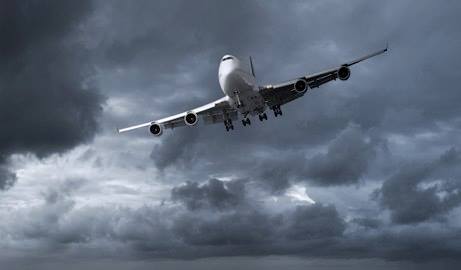News
DOT eyes better distribution of air passenger traffic in secondary destinations

“Mactan, Clark, and Kalibo now account for top three visitor traffic by air after NAIA (Ninoy Aquino International Airport),” Bengzon said. (Photo: Ninoy Aquino International Airport MIAA/ Facebook)
MANILA –Starting this year until the end of the Duterte administration in 2022, the Department of Tourism (DOT) expects an even more equitable distribution of air passenger traffic as the popularity of secondary destinations in the Philippines increases.
Tourism Undersecretary Benito Bengzon Jr. said there is an increasingly larger share of air passenger traffic into the country’s secondary destinations including Mactan, Cebu; Clark, Pampanga and Kalibo, Aklan.
“Mactan, Clark, and Kalibo now account for top three visitor traffic by air after NAIA (Ninoy Aquino International Airport),” Bengzon said.
He explained that this has been driven by aggressive promotion of different local government units and the private sector, more affordable air tickets and improved airport infrastructure.
“We are now seeing more point-to-point traffic for our secondary destinations,” he added.
Data from the DOT showed that from January to December 2016, the main gateway Ninoy Aquino International Airport (NAIA) welcomed a total of 391,243 tourists which is 67.85 percent of the total share.
Meanwhile, 100,140 visitors (17.37 percent) entered through Mactan-Cebu International Airport; 52,694 (9.
14 percent) entered through Kalibo International Airport; 25,296 entered though the Clark International Airport while the remaining 3,464 entered through other airports.
Bengzon said the DOT is currently working with the Department of Transportation (DOTr) to acquire additional charter flights into secondary destinations given the greater demand.
Dependent on planes
The Tourism official explained that because the Philippines did not enjoy cross-board travel like other Southeast Asian countries, it is lagging behind its neighbors.
The Philippines acquired 5.96 million foreign arrivals where a 98.79 percent of the share came in by air. The remaining 1.21 percent came in by cruise ship.
On the other hand, Malaysia which acquired a significantly larger 26.52 million foreign arrivals had only 28.39 percent of the share which came in by air.
Other Southeast Asian neighbors like Singapore acquired 16.40 million foreign tourist arrivals where 77.13 percent came in by air, Indonesia with 11.28 million foreign tourist arrivals where 73.96 percent came in by air, and Vietnam with 10.
01 million foreign tourist arrivals where 78.99 percent came in by air.
Thailand got 32.58 million foreign tourist arrivals, however, there was no data to show how many percent of the figure came in by air.
Bengzon said although the Philippines was “not too far behind”, it compelled the agency to step up on its route development efforts to attain its target of 12 million foreign tourist arrivals by 2022.
“The Philippines does not have border-crossings that other countries enjoy. This compels us to step up route development efforts,” Bengzon said.
At present, the DOT and concerned agencies continue to pursue more liberalized civil aviation policies, develop and improve airports, improve the airport departure and arrival experience and improve route development initiatives.
As part of route development initiatives, Bengzon said the DOT continues to attend international aviation events, provide market support to international and local carriers and conduct familiarization tours particularly for network planners.
“The reason we put a lot of effort on air access and route development is that we are dependent on planes more than any other country in Southeast Asia,” the tourism official said.





















